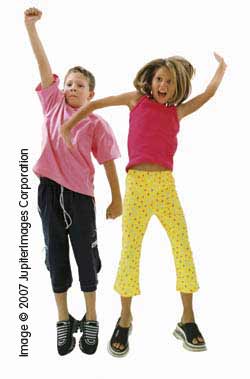Greater expectations
Add to My Folder
The Literacy Framework can be a useful learning tool for bi- and multi-lingual children, but reinforcing it with targeted and focussed support right across the curriculum can unlock often unexpected potential – Denise Dent explains

The population of England and Wales in the 21st Century is increasingly bi- or multi-lingual. According to CiLT, the National Centre for Languages (2006 report Positively Plurilingual), more than 1 in 8 children in our schools has at least 2 languages.
In an increasingly connected, globalised world, the facility to operate in more than one language has to be an advantage, to the individual and to the nation as a whole. It isn’t always seen as such however. For many mono-lingual teachers, the presence of another language is sometimes seen as a problem, an interference, as if somehow there is only room for one language in anyone’s head at any one time – tell that to the 75% of the world’s population that is fluent in at least 2. This perception is probably a by-product of English becoming a world language, along with the tedium of the boring French or Latin classes of previous generations where we conjugated verbs and constructed meaningless sentences no-one would ever use.
Already a member? Sign in below.
Published 27 September 2007
Reviews
You need to be signed in to place a review.